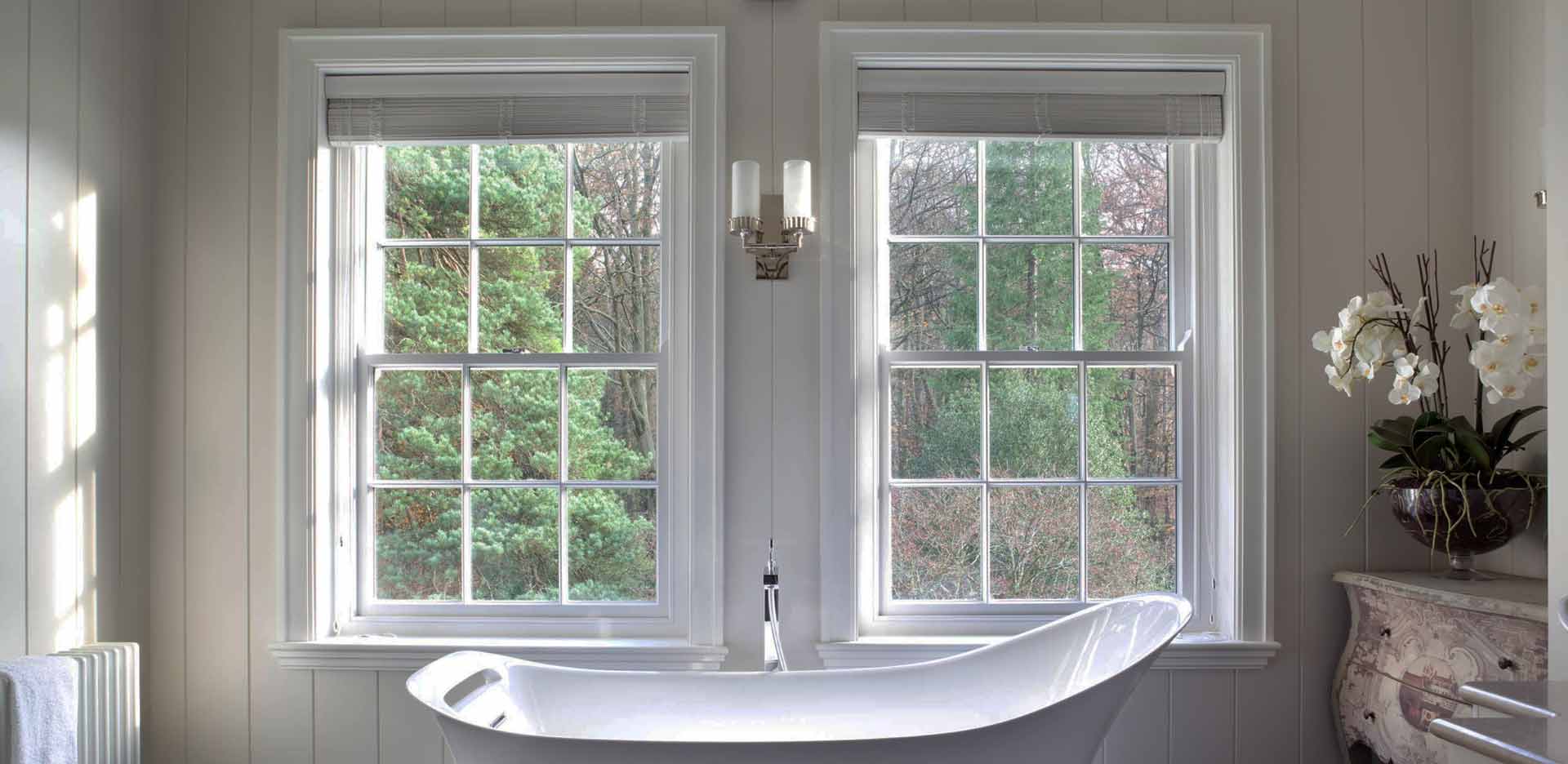Original sash windows had thin glass and gapping sashes, a serious problem with insufficient insulation and water leakage. These windows also caused rot to set in and rattled in the wind, making them uncomfortable to live in. They also did not shut out street noise. Ultimately, people wanted to replace these windows with more modern options that offered better performance.
Aluminium
Aluminium double glazed sash windows can be a great choice for a number of reasons. They are environmentally friendly, recyclable, and resistant to warping and expansion, making them an excellent choice for a variety of climates. They offer great ventilation and healthy air circulation. They are easy to clean, and meet all fire and egress regulations.
The process of installing a new window consists of removing the old window and replacing it with a new one that has been fitted with a double pane of glazing. The aluminium inserts are removed from the original box frame. New double glazing is then fitted to the original window, and the whole process is done in one day.
Accoya
Accoya double glazed sashes windows are an environmentally friendly option for sash windows. They are made from sustainable sources, and the manufacturing process is non-toxic and does not affect the wood itself. They are also carbon neutral, which means that their lifetime will not increase the carbon footprint of your home.
Accoya is also more durable than other types of wood, as it has been treated to reduce its ability to absorb water. Furthermore, Accoya timber’s finishes tend to be longer lasting. Hence, you can be assured that Accoya double glazed sash windows will last for many years.
A homeowner was in the market for new sash windows, as her wooden sash windows were beginning to look tired and draughty. Accoya was the ideal choice for the project as it is a durable material with minimal maintenance requirements. The manufacturer, The Sash Window Workshop, installed Accoya windows into the existing window frames. The windows were factory coated with PPG white coating.
uPVC
If you are considering replacing old sash windows, you can save money by opting for uPVC double glazing. This type of window comes in a variety of colours and finishes, including neutral shades or wood effect frames. You can also choose from a range of glazing options and window furniture.
Compared to wooden sash windows, uPVC ones are better-value and easier to maintain. They also boast better environmental credentials and energy efficiency. Wooden windows are vulnerable to rot and can be prone to draughts. In addition, uPVC windows can be made with a high-quality finish that lasts for years. As a bonus, uPVC windows are also less expensive to purchase than wooden ones.
These windows are made to be sliding or hinged, which makes them easy to operate and clean. They also boast double glazing that keeps you warm during colder months and cuts heating costs. Plus, they will increase your home’s value.
Timber
Timber double glazed sash windows are an option that brings traditional windows into the 21st century. These windows can accommodate thicker double glazing that makes them more energy-efficient and sound-proof. In fact, this type of glazing can even be used in older buildings with sash windows.
Today, timber double-glazed sash windows are made with sustainable materials, such as Accoya (r) wood. This wood is grown and treated in New Zealand and is carbon neutral. Its treatment process makes the timber extremely durable, resistant to heat and moisture, and makes it suitable for double glazing. This makes these windows more energy efficient than their single-glazed counterparts.
Some conservation areas have strict regulations and may require a permit before installing double glazing sash windows. If the windows are listed, it will be more difficult to obtain consent. However, in some cases, you may be able to get approval for the work under Building Regulations.
Planning permission
When renovating a listed building, it is important to have planning permission. This is usually required for any major work that will change the appearance of the building. Most listed buildings are built between 1700 and 1840 and are protected under law. However, some newer buildings may be listed as well.
When installing new windows, it is important to follow the building regulations in your area. This will help you determine what type of permission you may need to install your new windows. If you are planning to replace a sash window, it may be necessary to apply for planning permission. This process can take weeks or months to complete, so you should start planning well in advance.
Before applying for planning permission for double-glazed sash windows, you should make sure that you have a good idea of what the replacement windows will look like. You can show this by providing photographs or CAD drawings. Also, you must submit a sash window condition report with your application.
